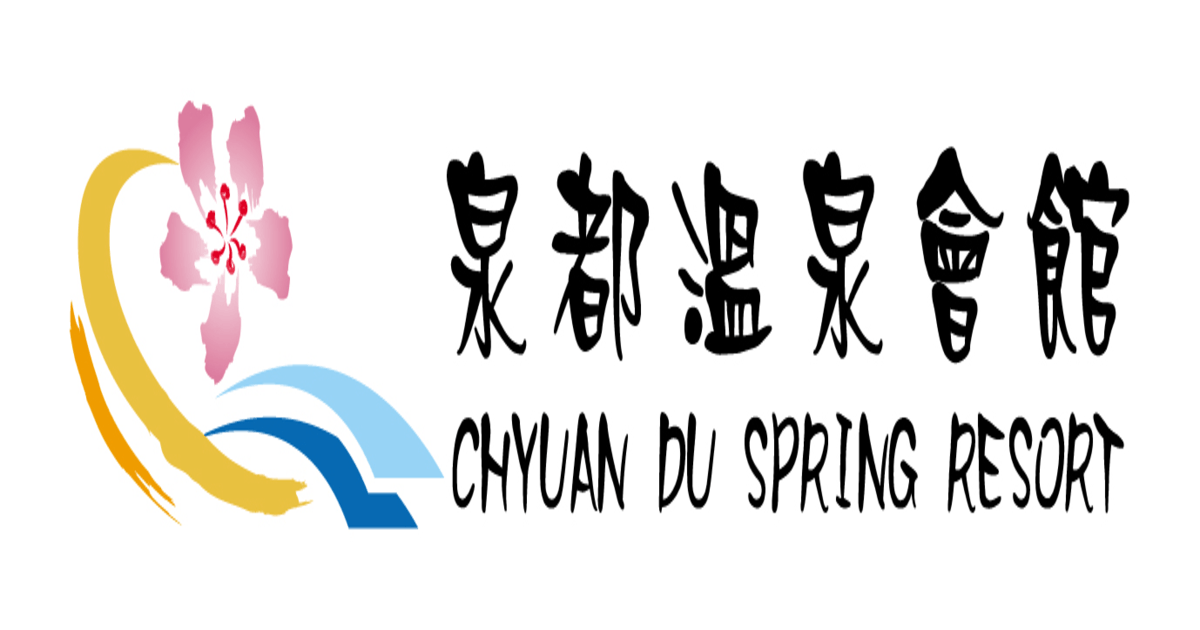Tourist Attraction
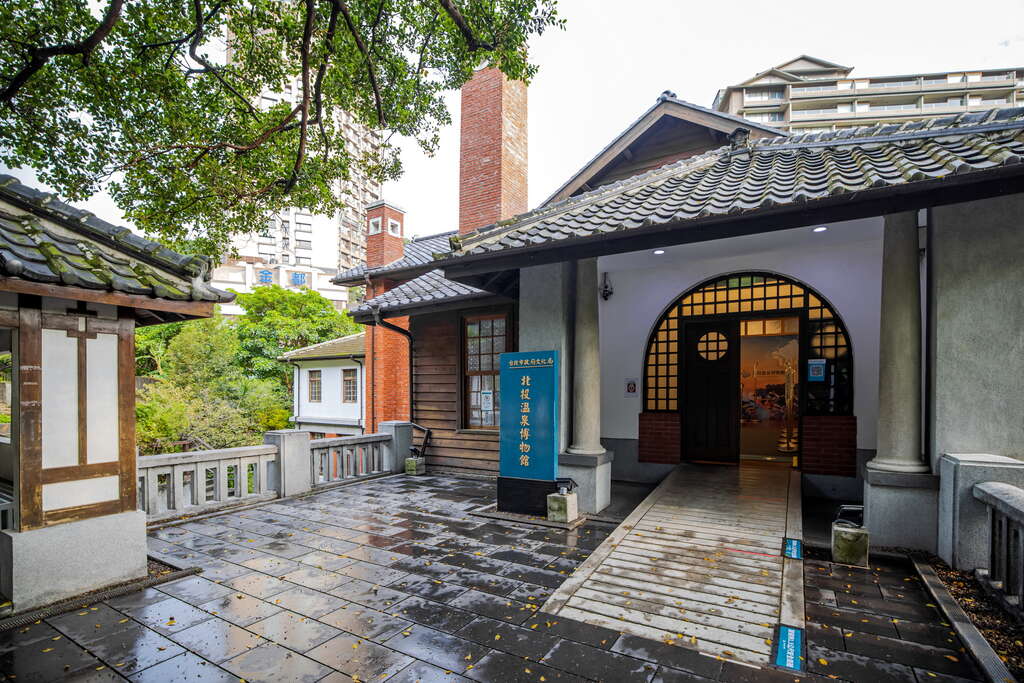
Beitou Hot Spring Museum
Button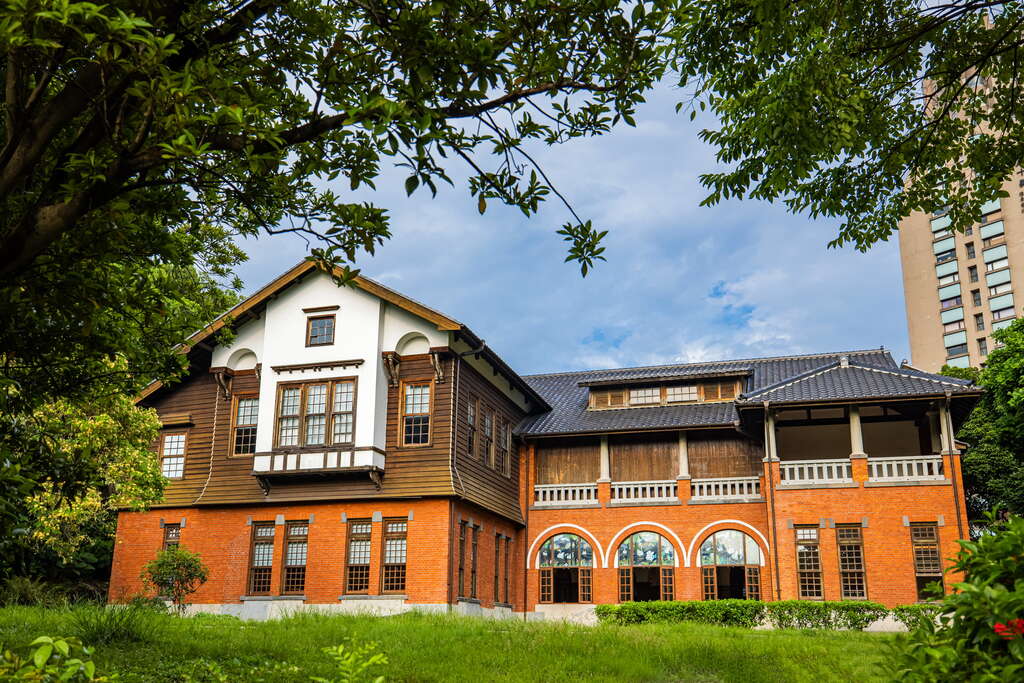
Slide title
Write your caption hereButton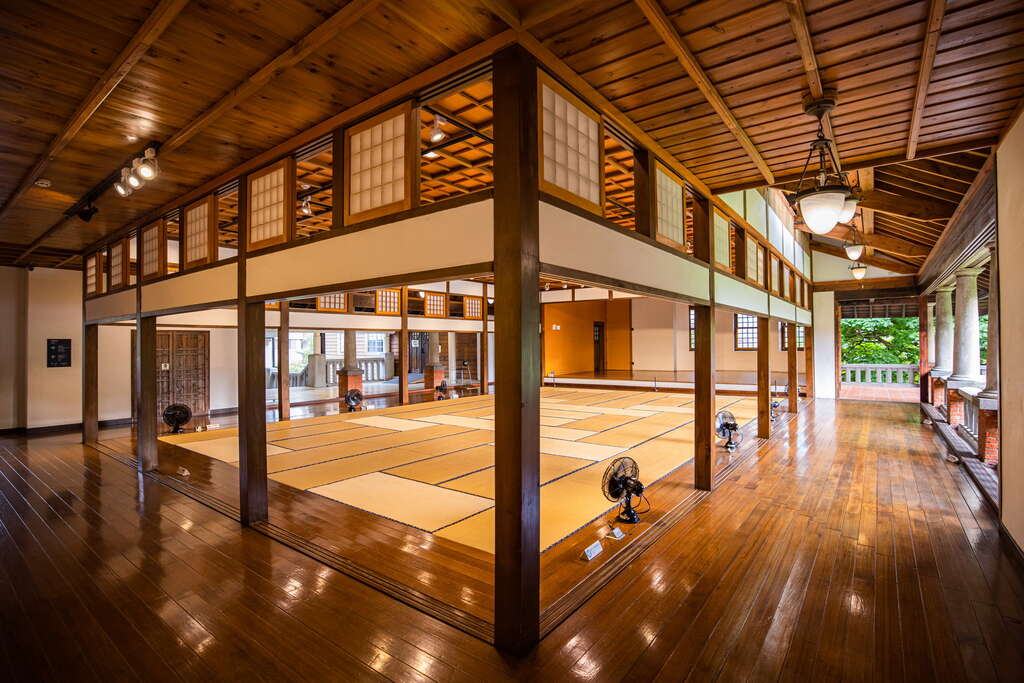
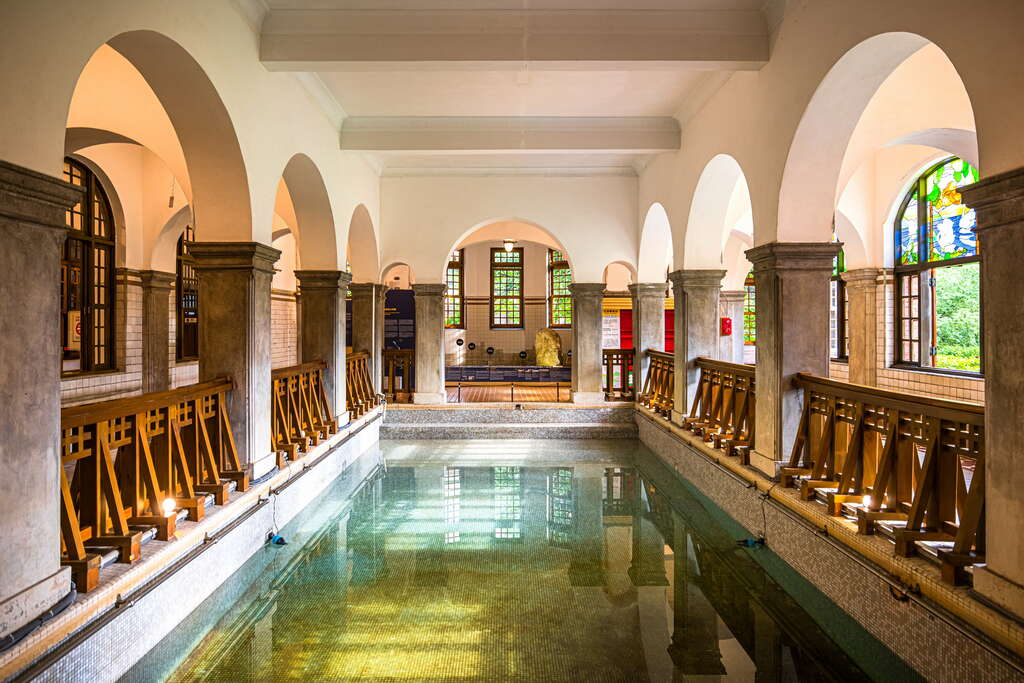 Write your caption here
Write your caption here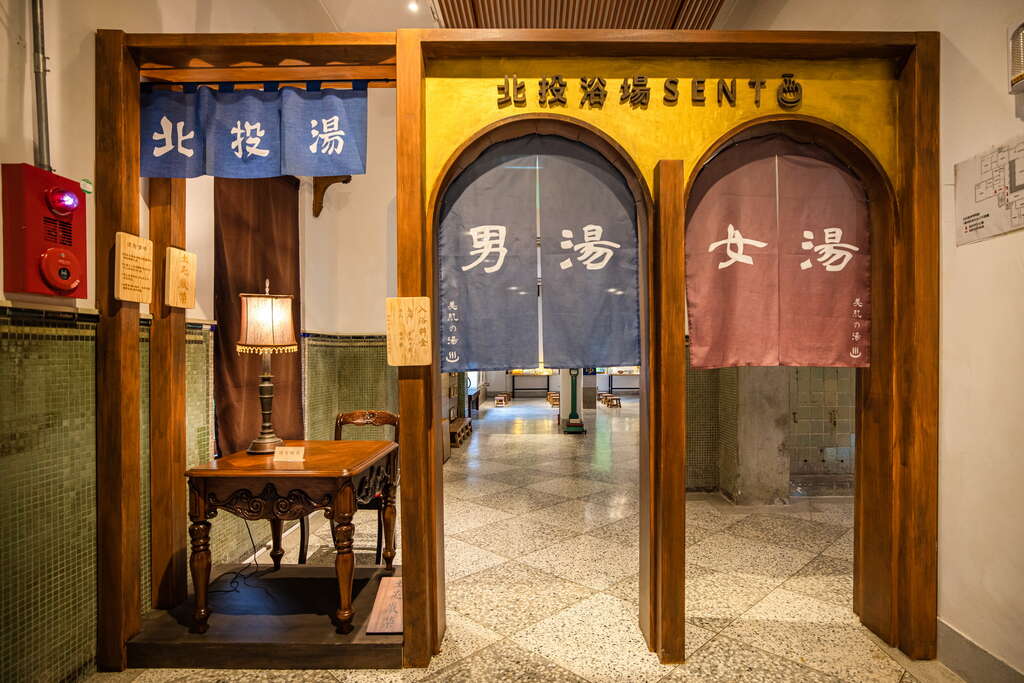
-
Attractions
In June of the 2nd year of Taisho (1913 AD), the Taipei State Department used more than 56,000 yuan of public health funds to build the Beitou Hot Spring Public Baths in the same way as the Izusan Hot Springs in Shizuoka Prefecture, Japan. Covering an area of about 700 ping, it was a two-storey imitation British-style brick building and was the largest public hot spring bath at that time. After the war, due to the change of management units, the public bath was finally abandoned. On October 31, 1998, under the rush of local enthusiastic residents, after the renovation of the Taipei City Government, it was officially reopened with the positioning of "Beitou Hot Spring Museum". use.
-
opening time
Every Tuesday to Sunday 9:00-17:00
-
Attraction address
No. 2, Zhongshan Road, Beitou District, Taipei City (Going)
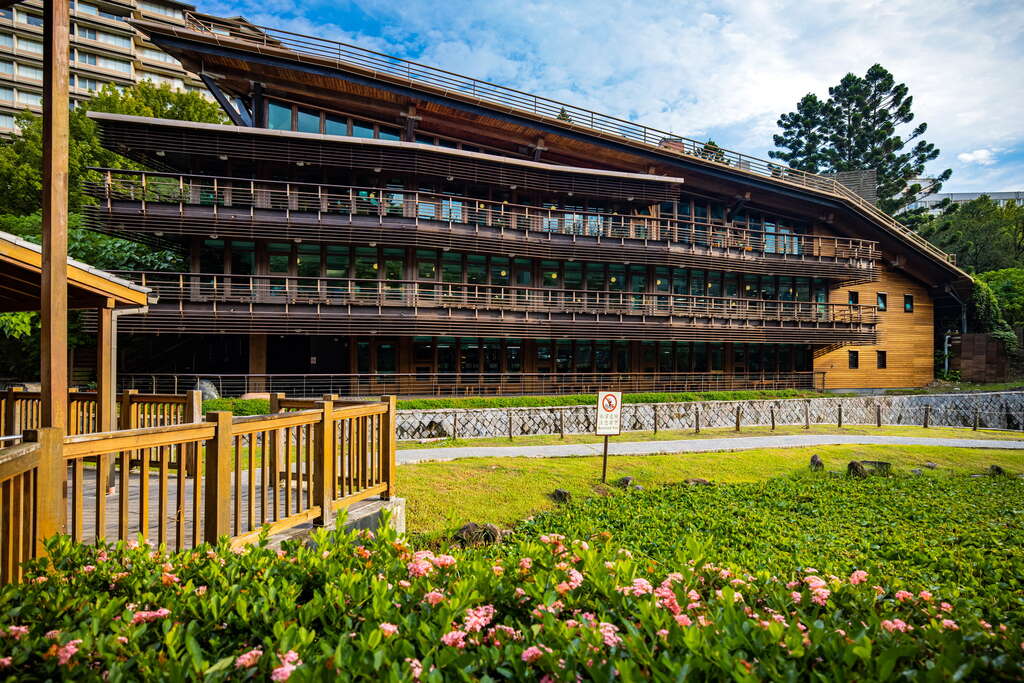
Beitou Hot Spring Museum
Button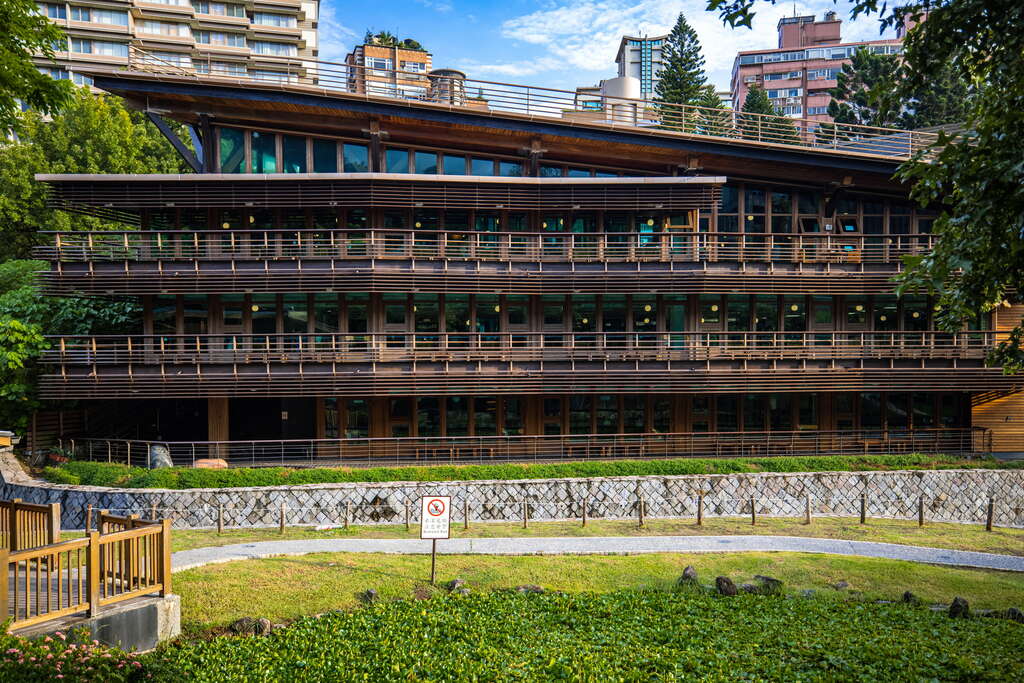
Slide title
Write your caption hereButton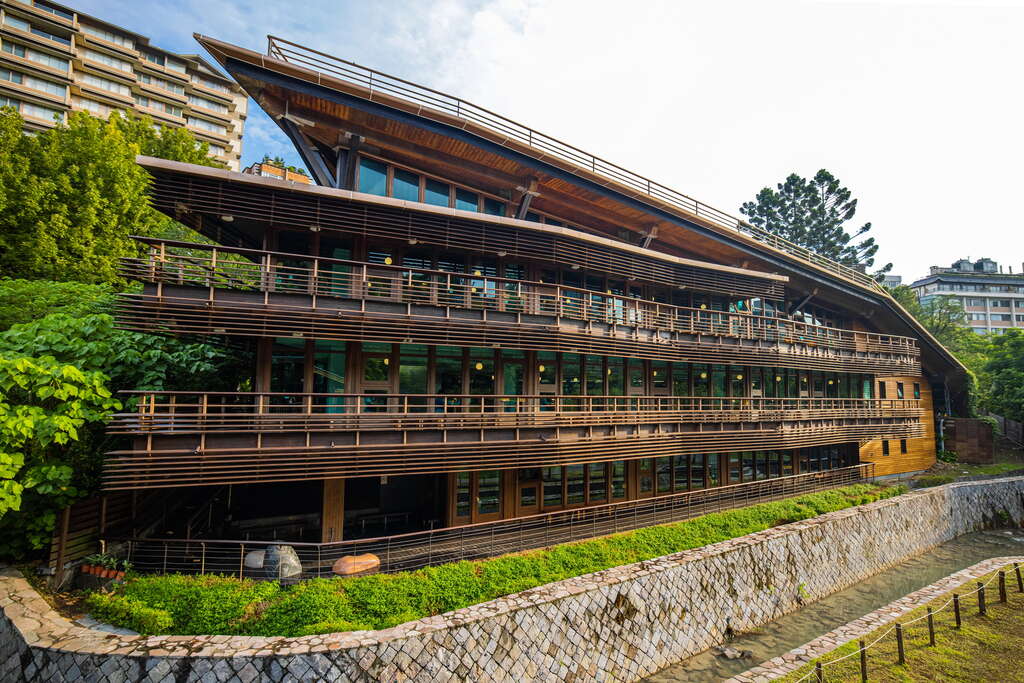
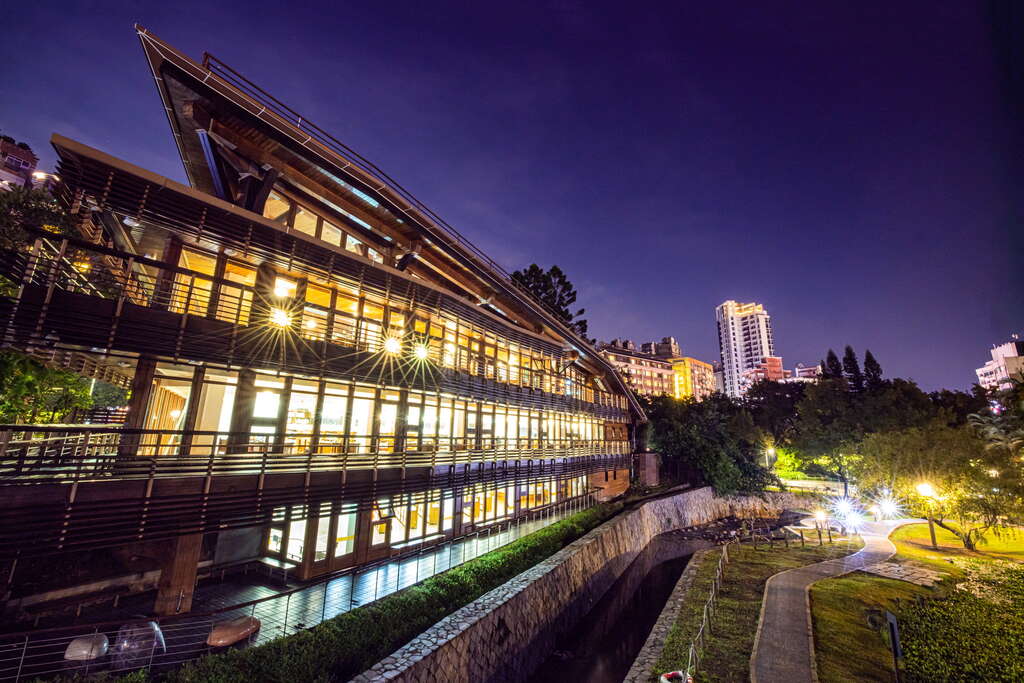 Write your caption here
Write your caption here
-
Attractions
In April 2012, the American entertainment news website Flavorwire.com selected the "25 Most Beautiful Public Libraries in the World", and Beitou Green Library was selected after the evaluation and became the light of Taiwan's libraries.
-
opening time
Tuesday to Saturday 8:30-21:00;
-
Attraction address
No. 251, Guangming Road, Beitou District, Taipei City (Go to)
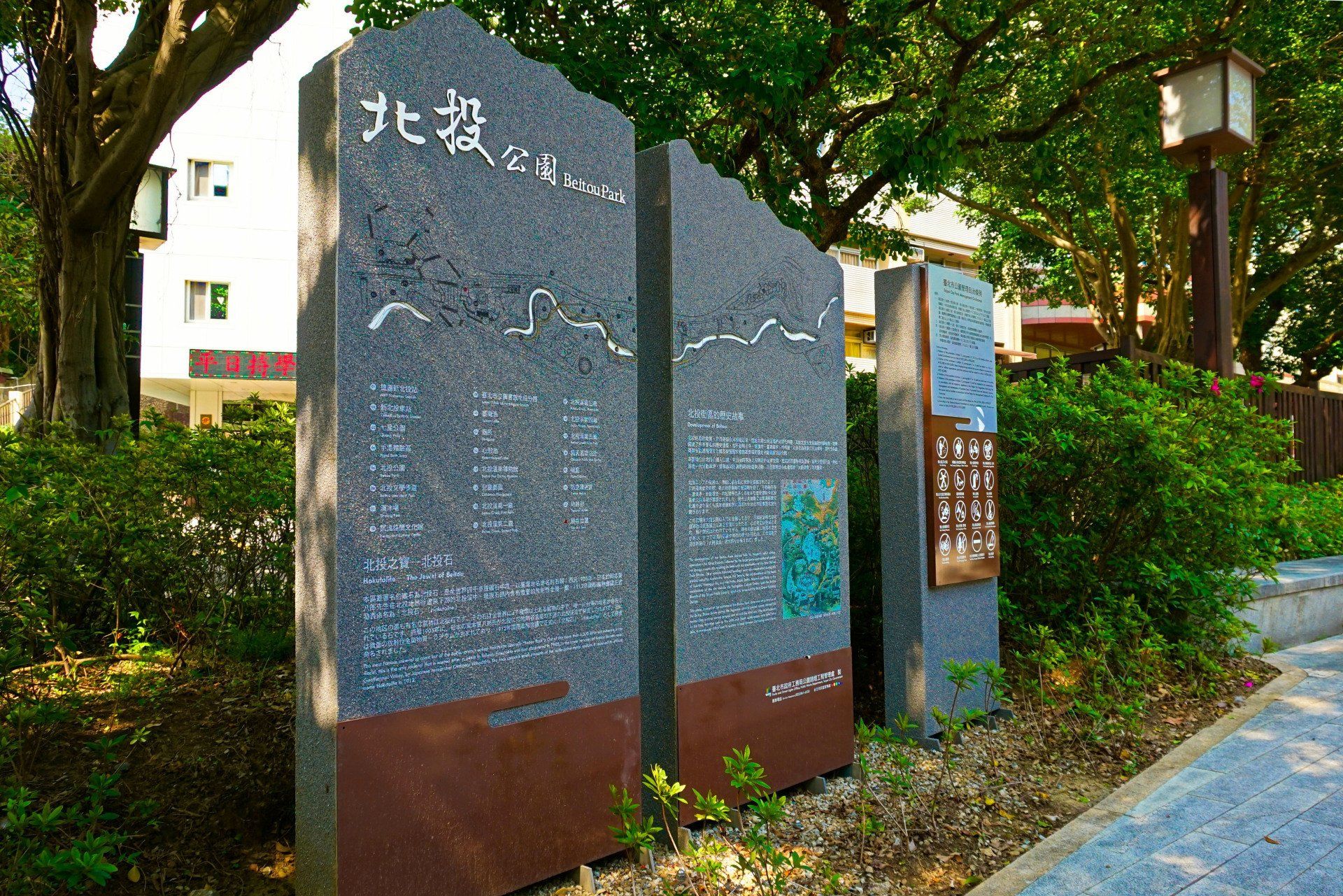 Button
Button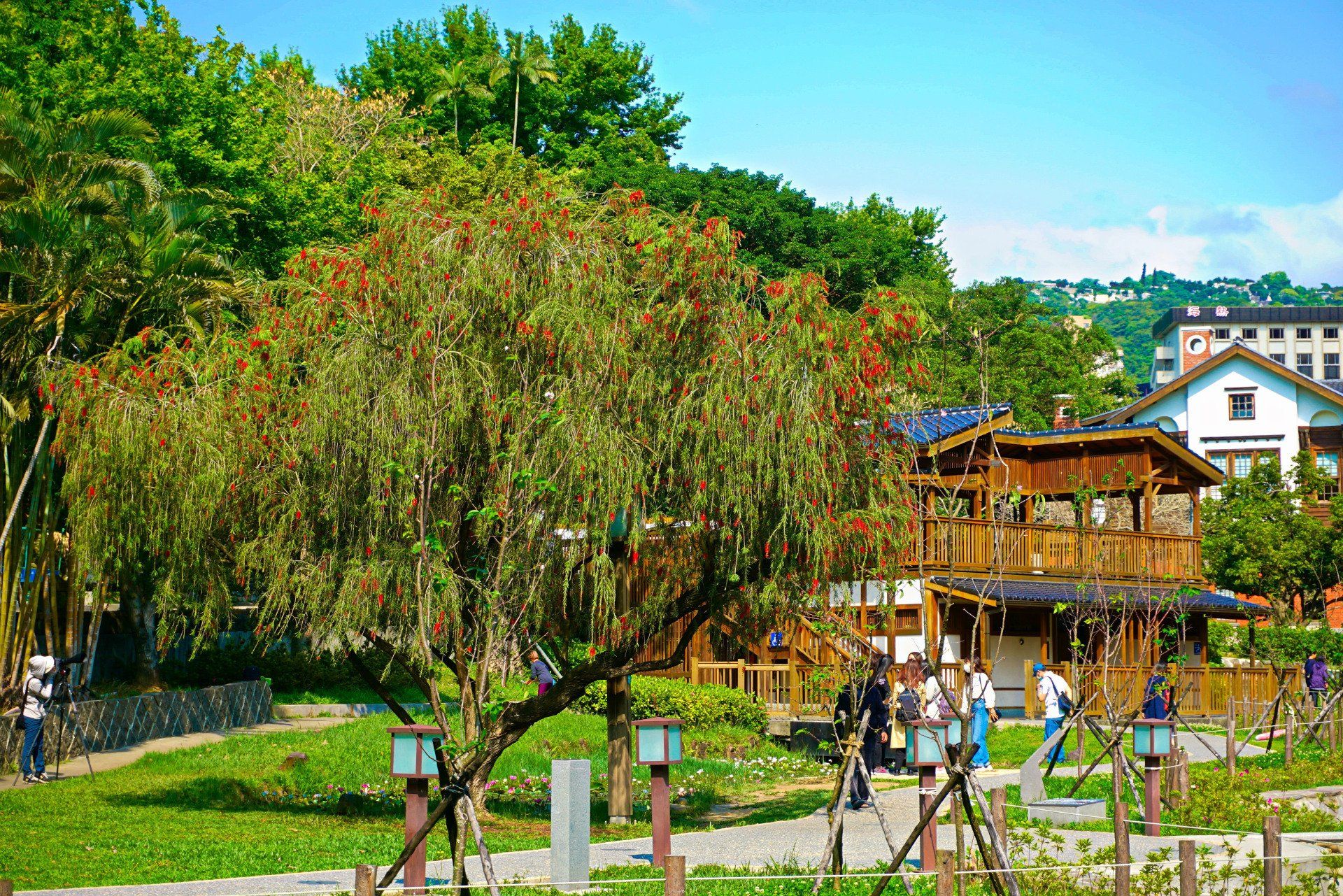
Slide title
Write your caption hereButton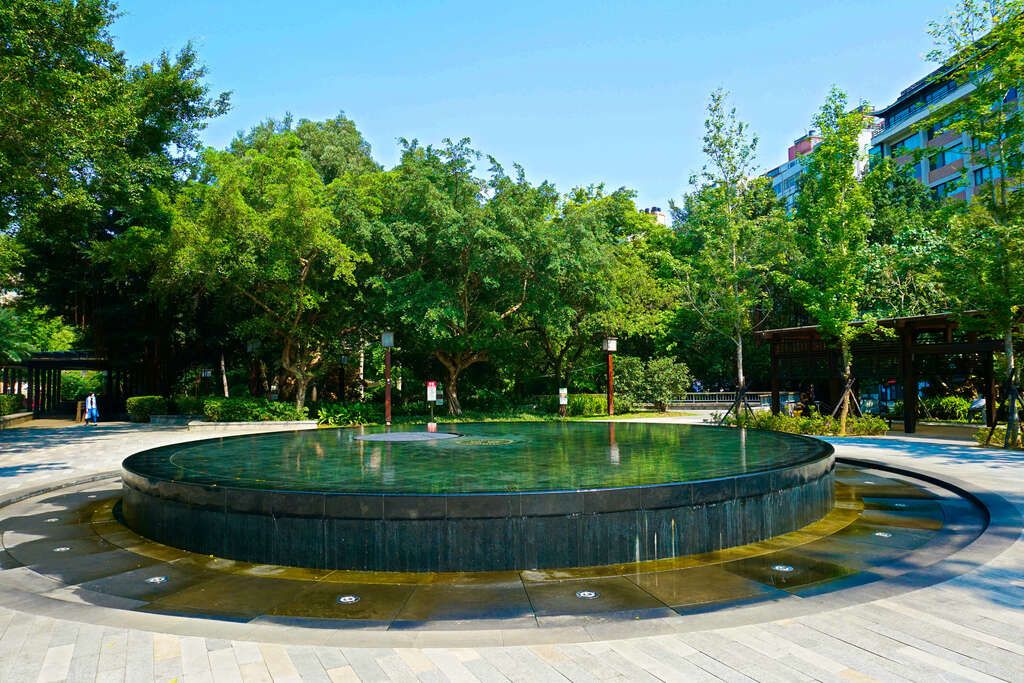
Slide title
Write your caption hereButton
-
Attractions
Beitou Park was built in 1911 (Meiji 44) and is located opposite the Xinbeitou MRT Station. It is the center of the entire Beitou Hot Spring. The park was built along the banks of Beitou River. Due to its century-old history, the Japanese-style garden design landscape, the flowers and trees in the garden are sparse, lush and green, coupled with the natural hot spring stream flowing through, the gurgling sound of water, combined with the steaming smog, naturally revealing the hot spring town Unique style.
-
opening time
No special restrictions
-
Attraction address
Guangming Road, Zhongshan Road, Beitou District, Taipei City (going)
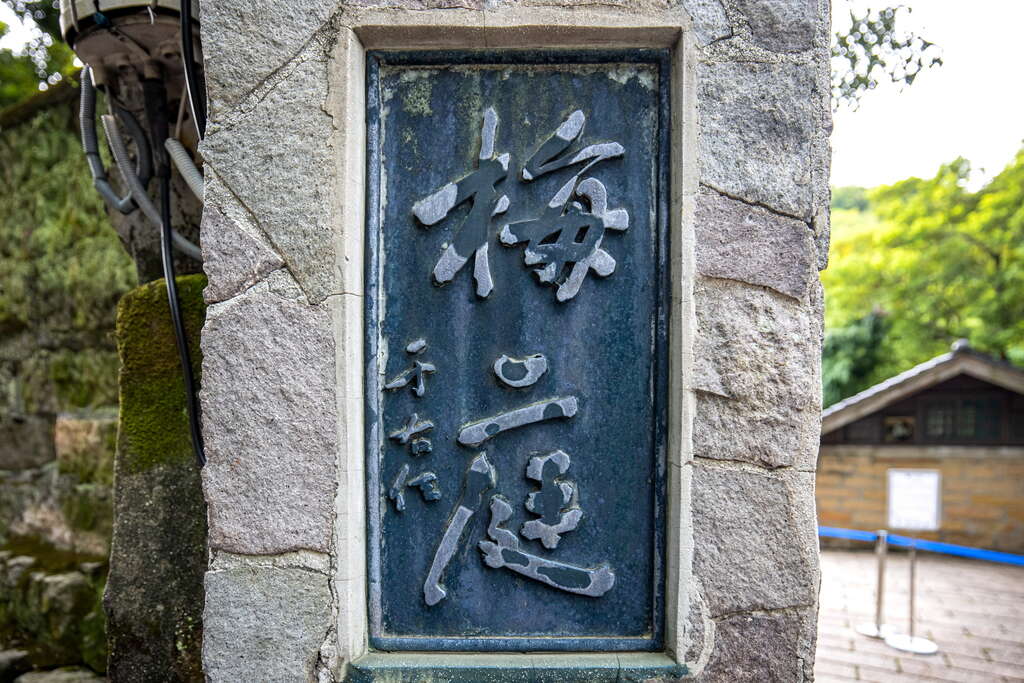
Beitou Hot Spring Museum
Button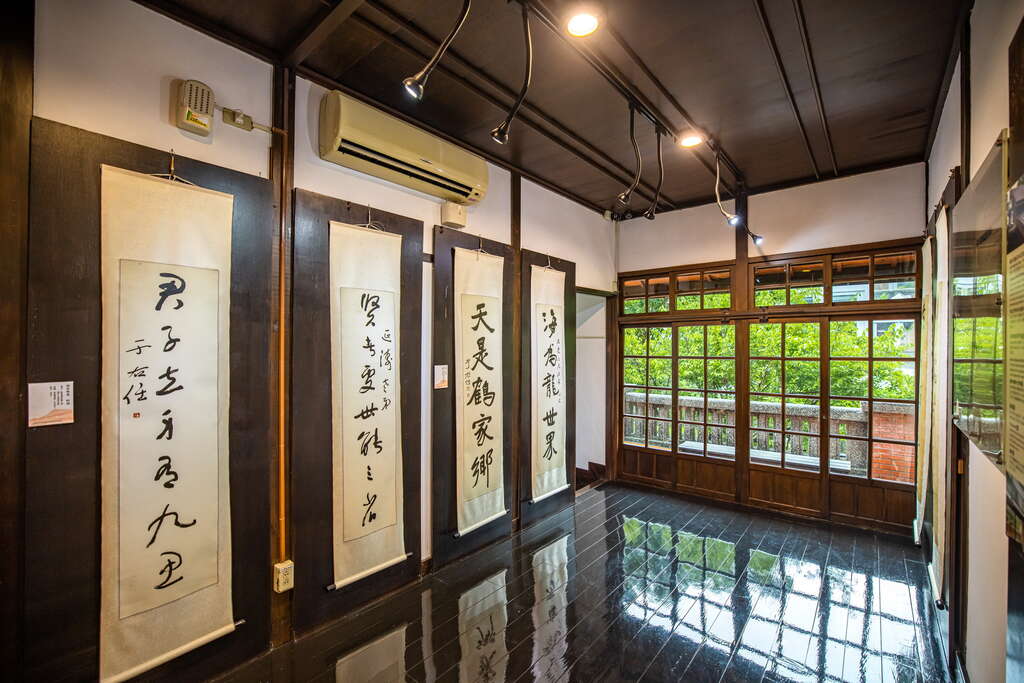
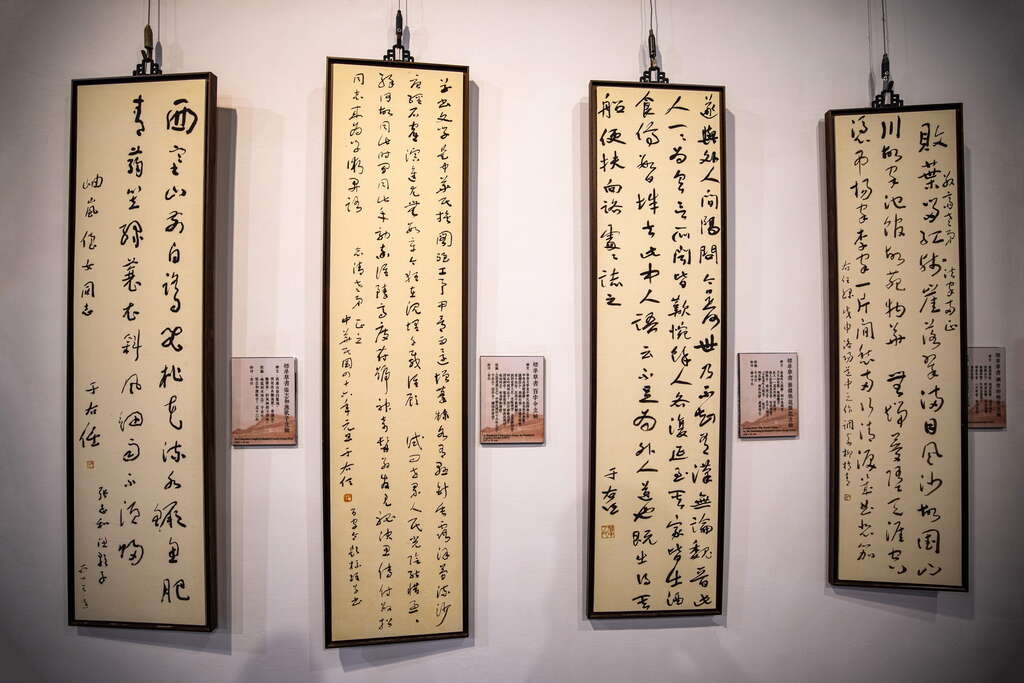
Slide title
Write your caption hereButton
-
Attractions
Located in Beitou Park, it was built in the late 1930s, with a building area of about 250 square meters and a total floor area of 335 square meters. The Japanese-style building has a wooden frame structure and a large number of wooden floor-to-ceiling windows, presenting a simple and elegant style; while the lower floor is an air defense refuge room with a reinforced concrete structure, which is a luxurious building witnessing the war era. Mei Ting was also the summer resort of Mr. Yu Youren, the "generation of grass saints". There is an inscription "Mei Ting" written by Mr. Yu on the doorpost at the entrance. There is a spring pool in the house, a wide courtyard, towering ancient trees and lush greenery. It is now an art museum where Mr. Yu Youren's works are exhibited.
-
opening time
Every Tuesday to Sunday 9:00-17:00
-
Attraction address
No. 6, Zhongshan Road, Beitou District, Taipei City (Going)
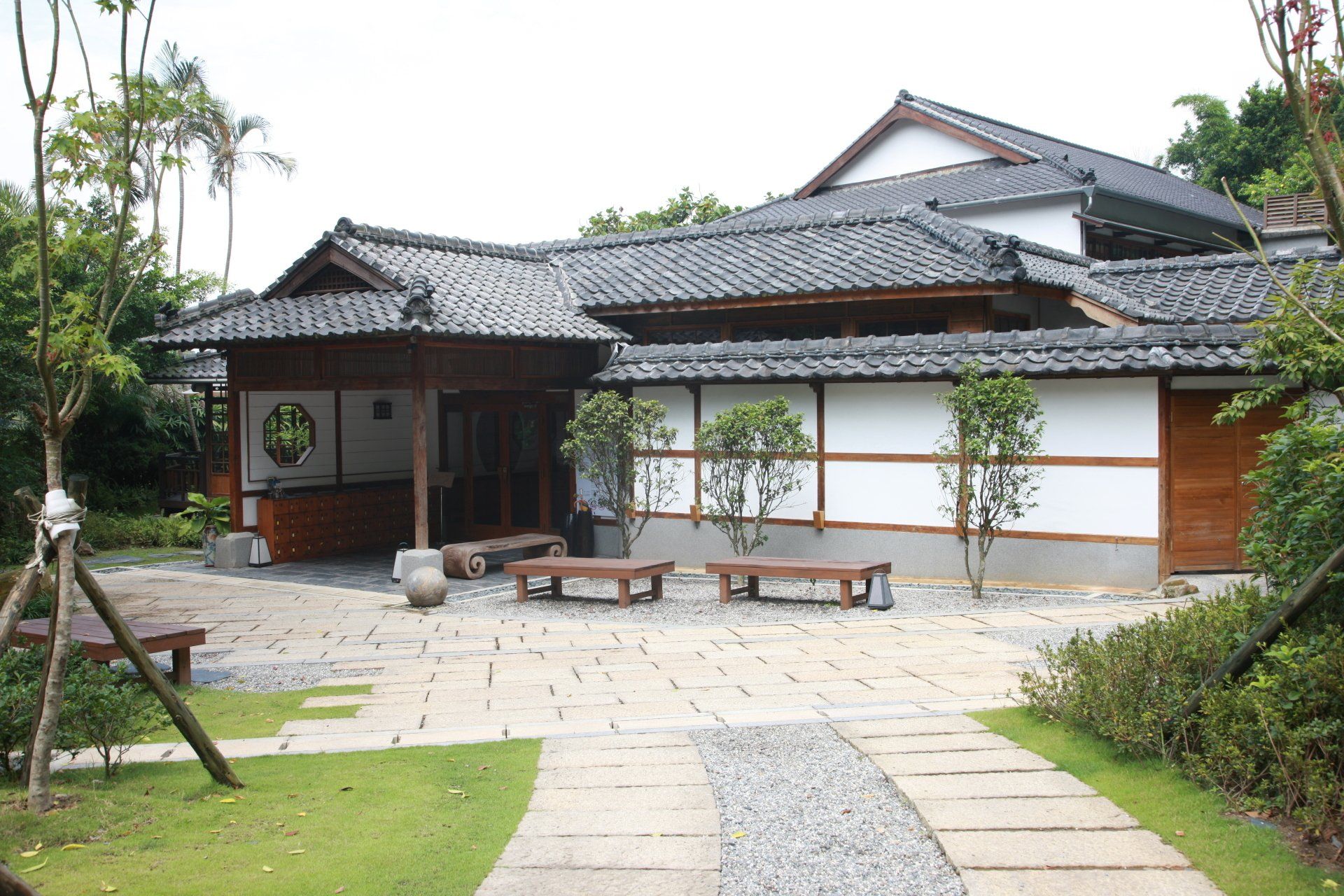
Beitou Hot Spring Museum
Button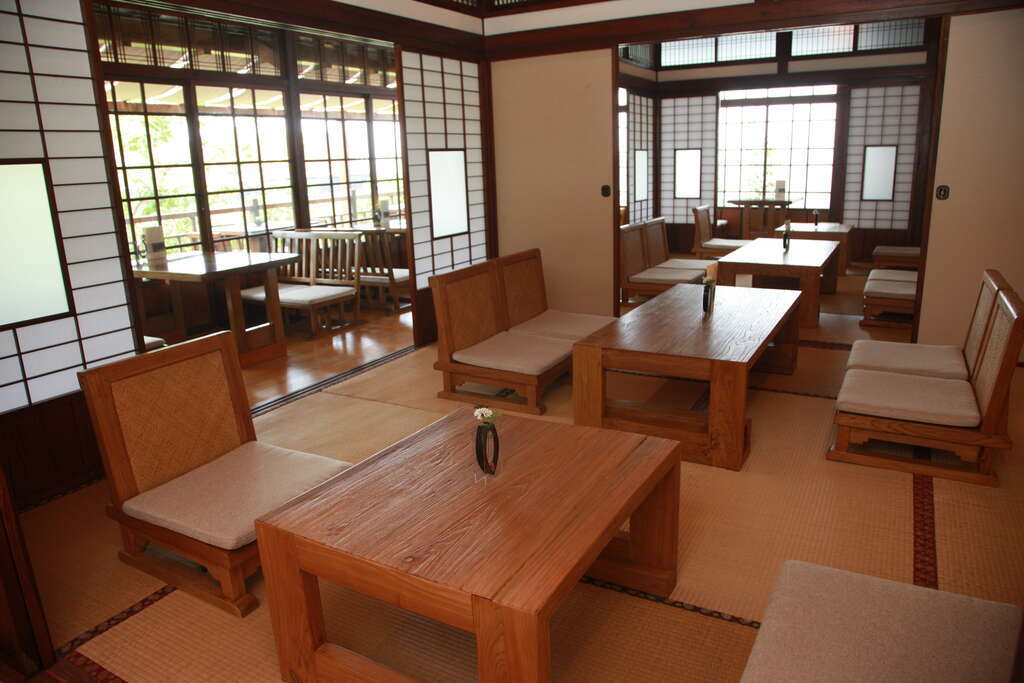
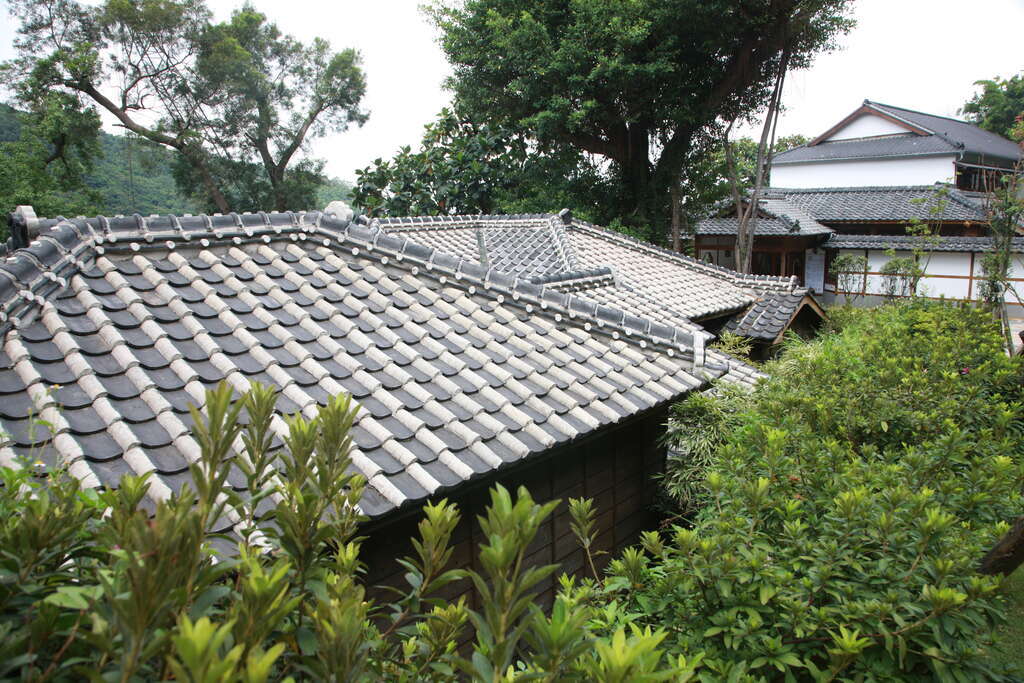
Slide title
Write your caption hereButton
-
Attractions
The Beitou Cultural Relics Museum is located in an elegant garden with an area of 800 pings among the mountains and a two-story Japanese-style building made of pure wood. It was built in 1921. At that time, it was the most advanced "Jiashan Hot Spring Hotel" in Beitou. In 1983, the founder, Mr. Zhang Chunming, revitalized and reused the historic site as a museum, and established the "Home of Taiwan Folk Art and Cultural Relics", which was officially renamed "Beitou Museum of Cultural Relics" in 1987. ". Beitou Museum of Art has always been committed to preserving and displaying Taiwan's early folk art and folk cultural relics. There are nearly 5,000 cultural relics in the collection, and the content is mainly Taiwanese folk crafts during the late Qing Dynasty and the Japanese colonial period down to the 1970s. During each period, the museum will invite various Taiwanese characteristic arts and culture to be exhibited in the museum, allowing visitors to fully appreciate Taiwan's rich and diverse culture in a Japanese-style space.
-
opening time
- Every Tuesday to Sunday 10:00–18:00 (closed on Mondays, open on holidays) Fare: NT$120 / 1 person
-
Attraction address
- No. 32, Youya Road, Beitou District, Taipei City (Towards) Take bus 25 at the entrance of Quandu and get off at [No. 35 Youya Road], then walk for 3 minutes
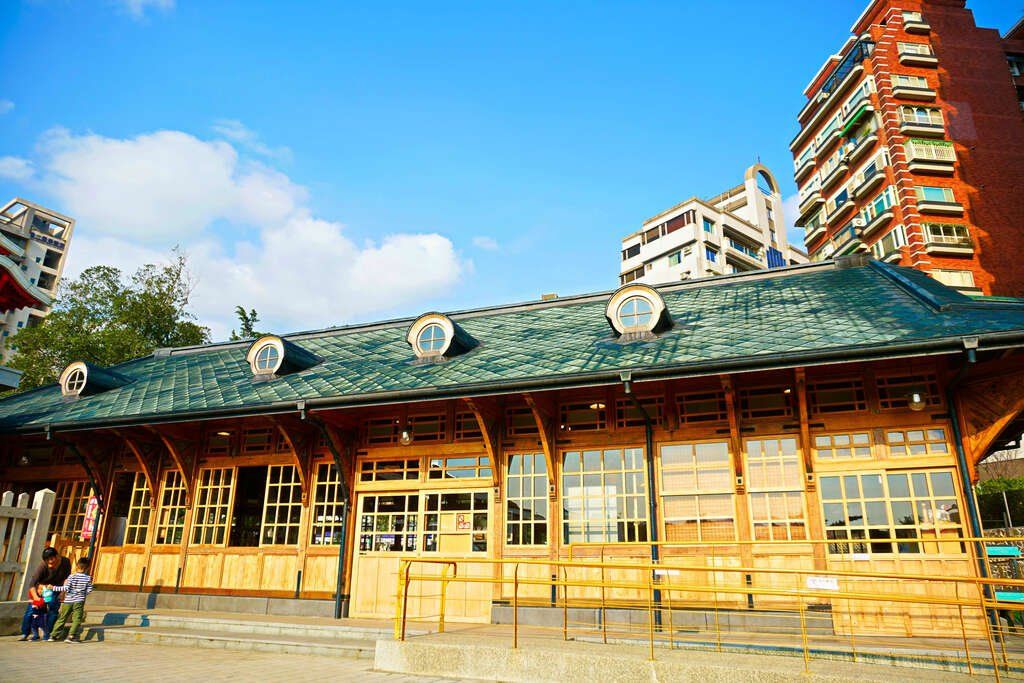
Slide title
Write your caption hereButton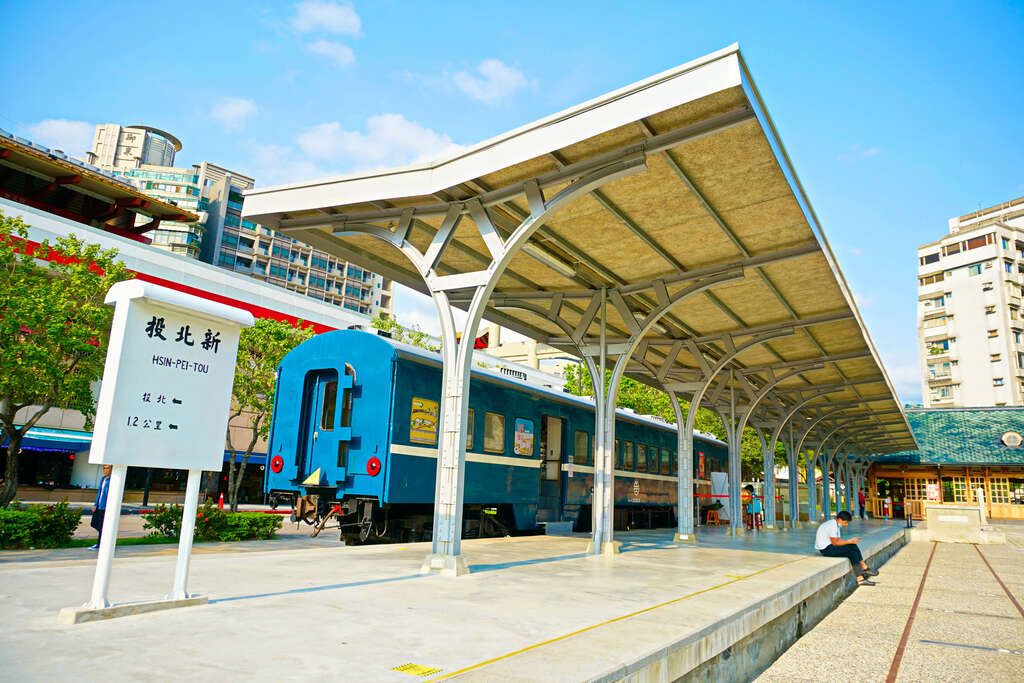
Slide title
Write your caption hereButton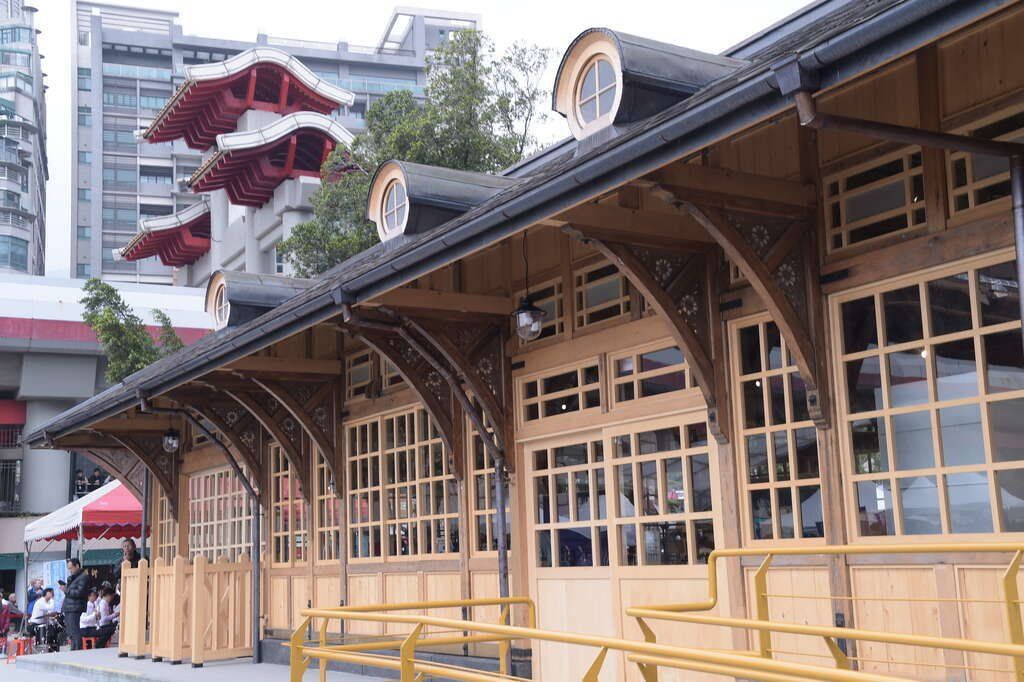
Beitou Hot Spring Museum
Button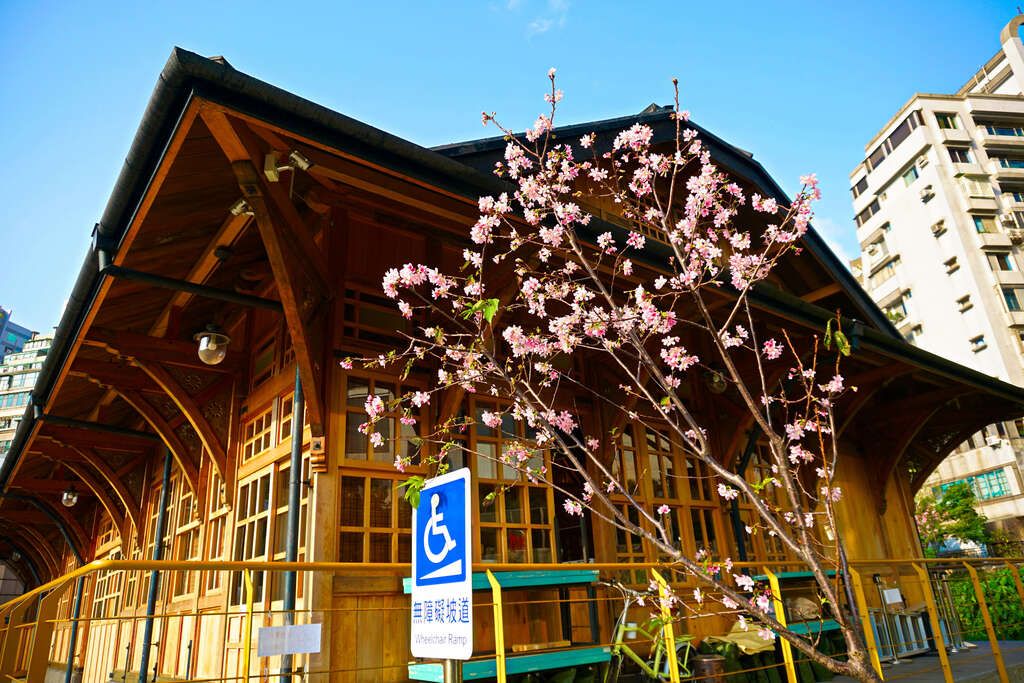
Slide title
Write your caption hereButton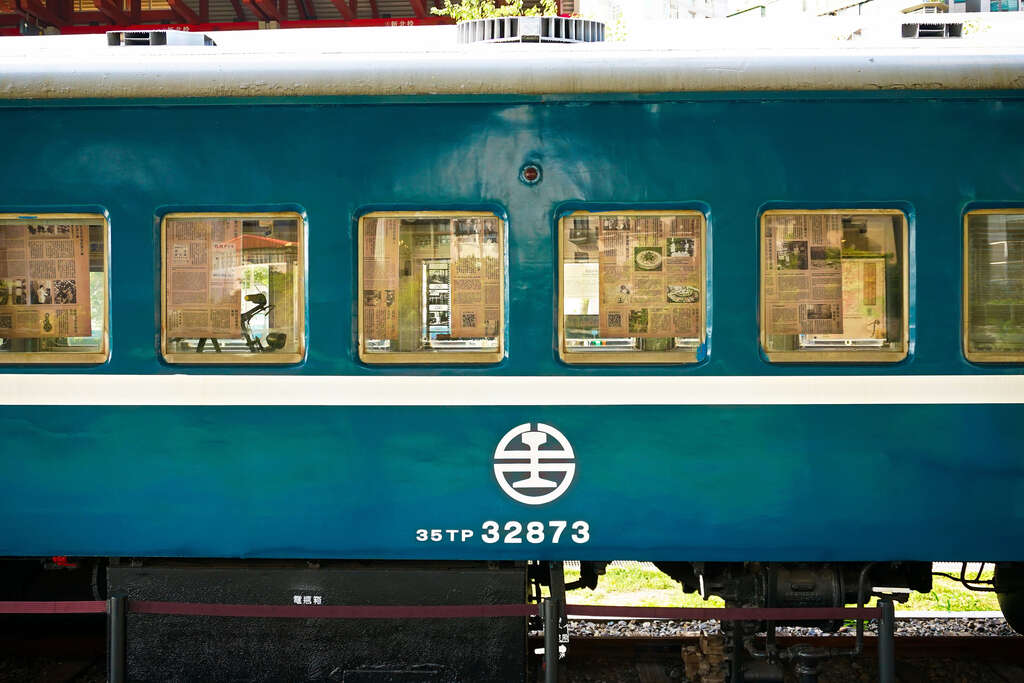
Slide title
Write your caption hereButton
-
Attractions
During the Japanese occupation period, in order to develop the hot spring tourism industry in Xinbeitou area, a branch line of Xinbeitou was built. In 1916 (Taisho 5), "Xinbeitou Ride and Arrival Field" was set up and renamed "Xinbeitou Station", hence the place name of Xinbeitou. pregnancy. Xinbeitou Station is the only 100-year-old station on the Beidan Line and even in Taipei City. Great feature. However, in 1988, due to the suspension of the Beidan Line, it went into history and the station was demolished and relocated to Changhua Taiwan Folk Village. In 2003, the Taipei City Government and non-governmental organizations joined hands to fight for the station to return home. After several twists and turns, Rirong Assets Co., Ltd. felt the enthusiasm and expectation of Taipei citizens for the station to return home, and agreed to donate Xinbeitou Station to the Taipei City Government Culture. Bureau. The location of the reorganization of the station was finalized in the Qixing Park near the original site (as seen today), and the restoration project started immediately, and the reorganization was completed in April 2017 and opened to the public again.
-
opening time
Every Tuesday to Sunday 10:00–18:00
-
Attraction address
No. 1, Qixing Street, Beitou District, Taipei City (Going)
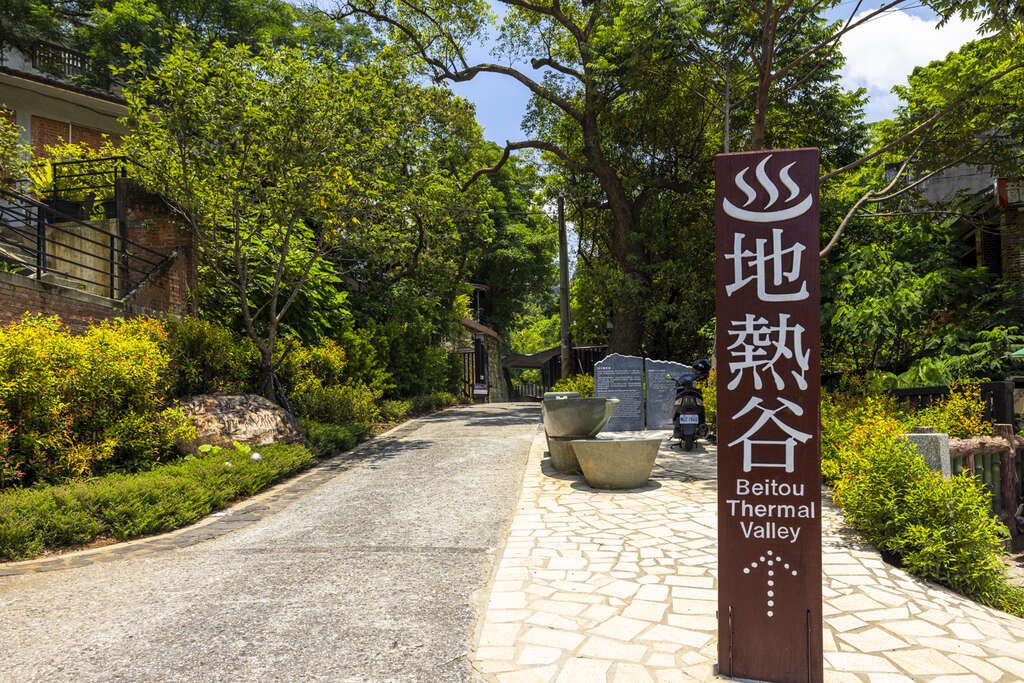
Beitou Hot Spring Museum
Button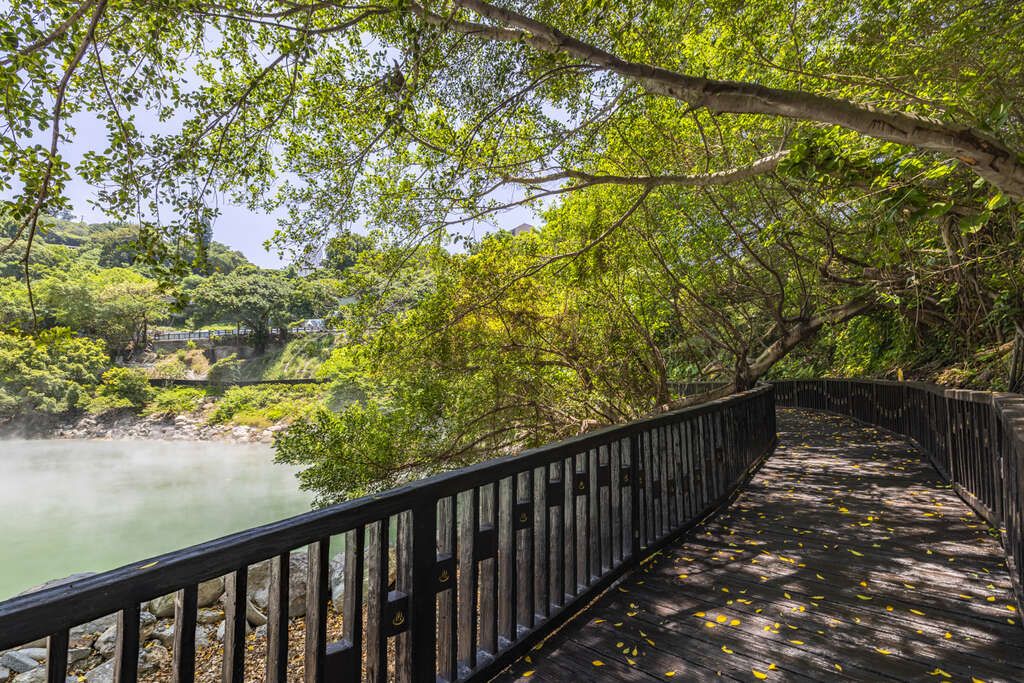
Slide title
Write your caption hereButton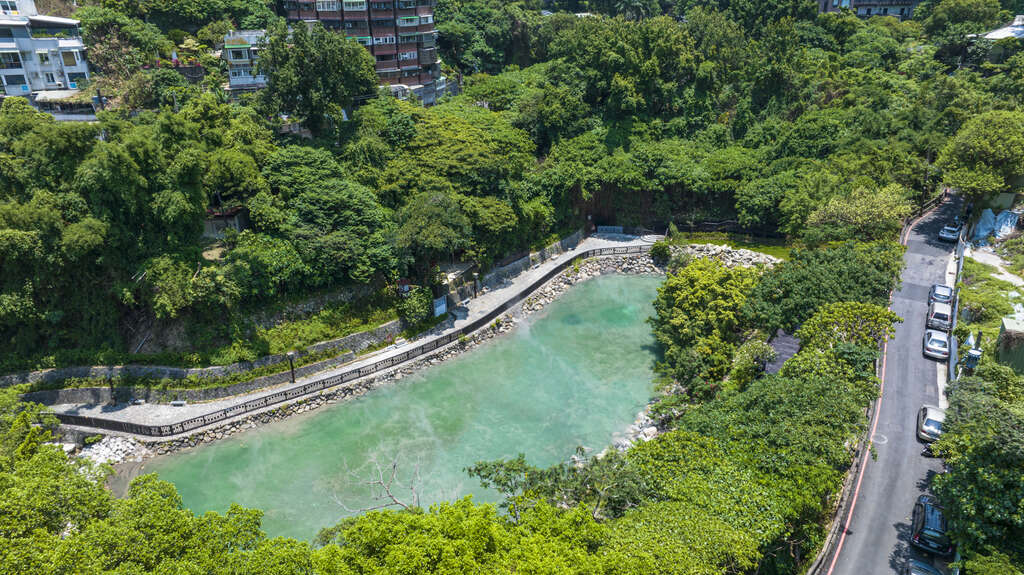
Slide title
Write your caption hereButton
-
Attractions
During the Japanese occupation period, the Geothermal Valley was rated as one of the eight scenic spots in Taiwan and one of the twelve scenic spots. The reason is that the morning sun shines on the steam rising from the hot springs, transforming into ever-changing light and shadows, like being in a dreamlike fairyland. The spring water in the Geothermal Valley is an acidic sulfur spring with a water temperature of up to 75 degrees Celsius. The water is clear and slightly green like jade. It is commonly known as Qingsulfur Spring, also known as Yuquan Valley. In July 2022, after being re-planned and organized by the Taipei City Government, the Geothermal Valley will show a new look, adding a lot of decorative arts to present a variety of styles.
-
opening time
- Tuesday to Sunday 09:00 to 17:00. The park is closed on Monday for cleaning and maintenance (if it is a national holiday, it will be open as usual). Free and open for public recreation
-
Attraction address
Taipei Geothermal Valley (going)
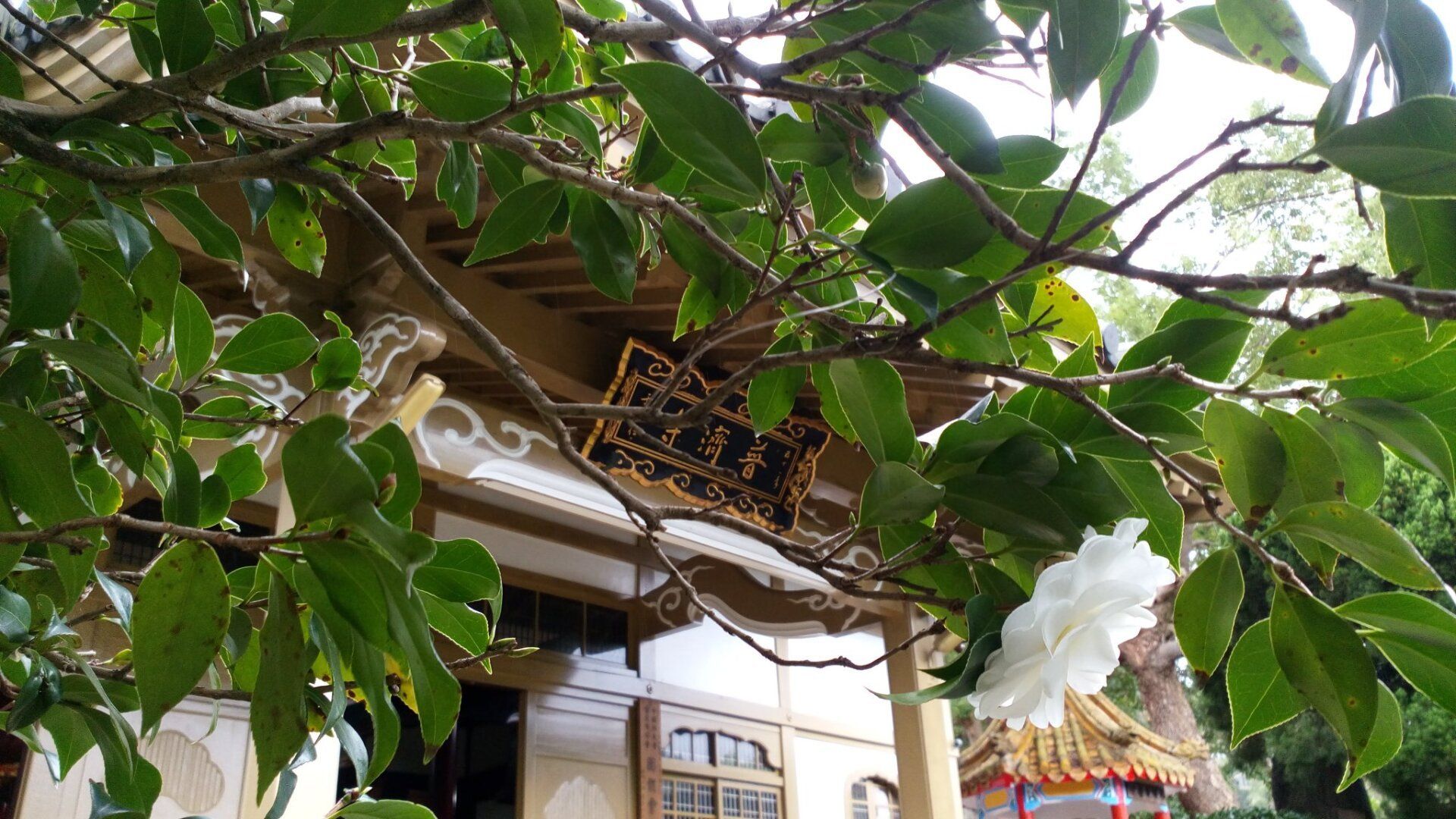
Beitou Hot Spring Museum
Button
-
Attractions
It is one of the only remaining Japanese-style Shinyan Buddhist temples in Taiwan. It was built in 1905 and is a typical Japanese ancient building. It is also called "Tiezhenyuan" because it was a temple built by railway workers at that time. It is now a municipal monument.
-
opening time
Monday to Sunday 09:00-17:00
-
Attraction address
No. 112, Wenquan Road, Beitou District, Taipei City (Going)
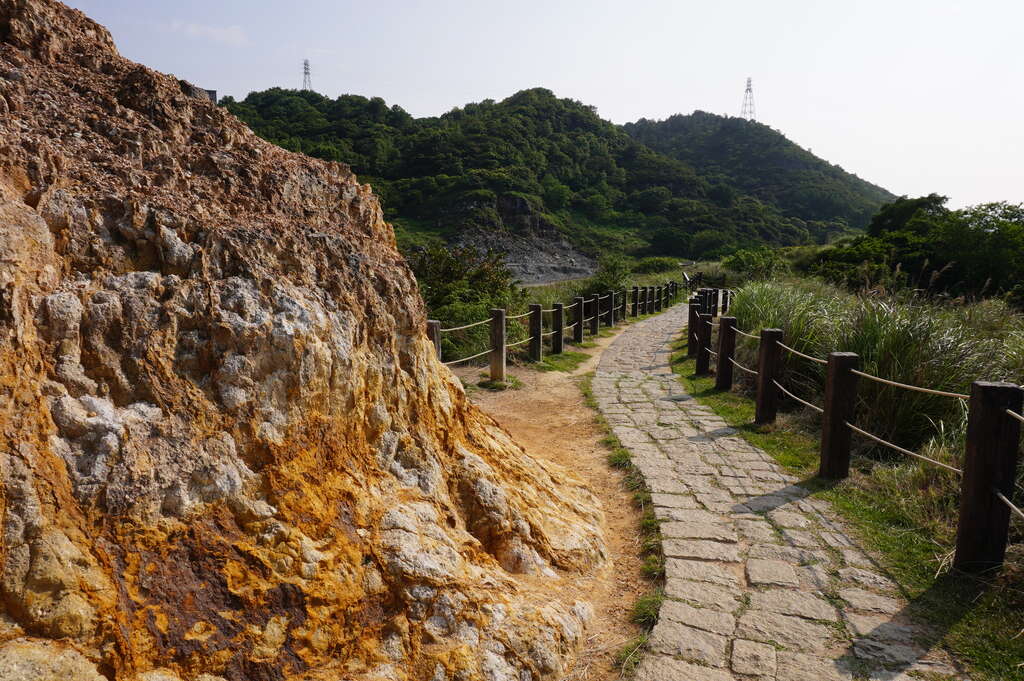
Slide title
Write your caption hereButton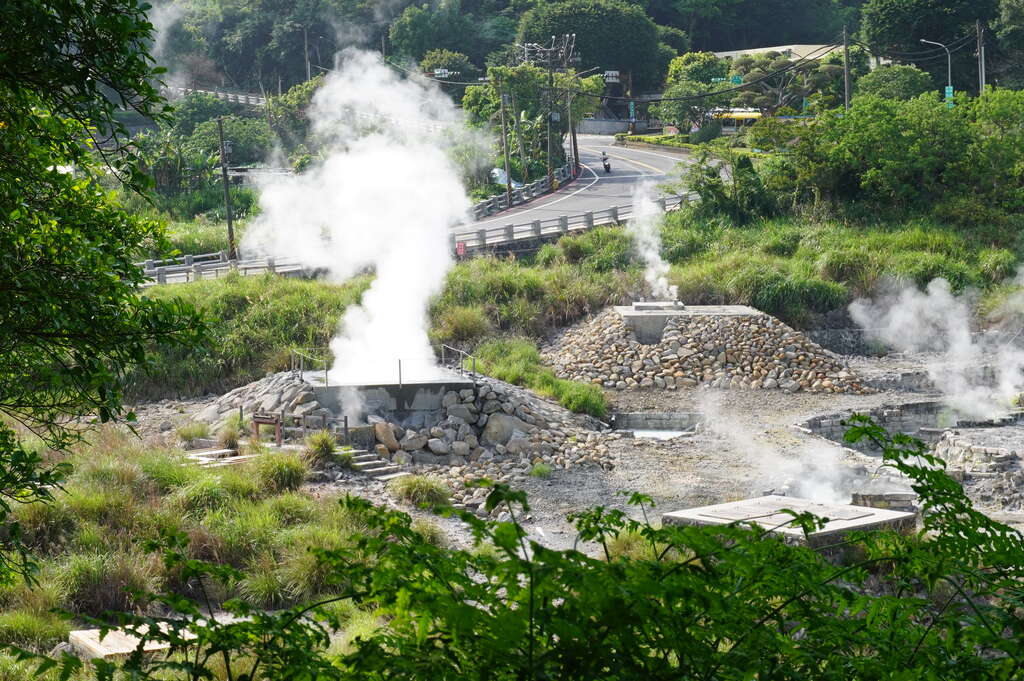
Slide title
Write your caption hereButton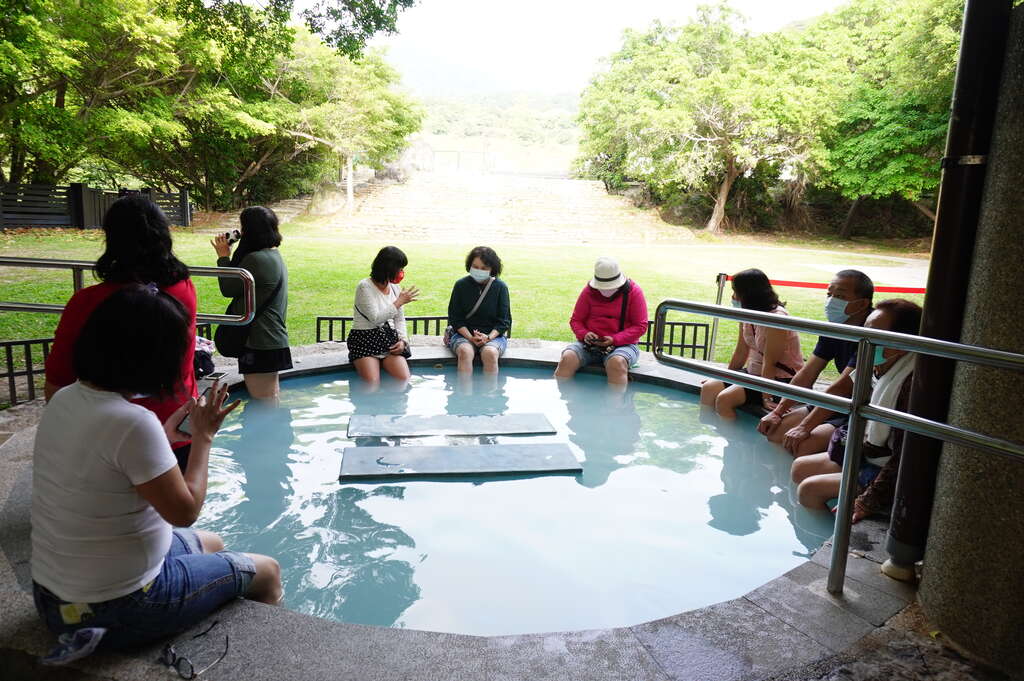
Slide title
Write your caption hereButton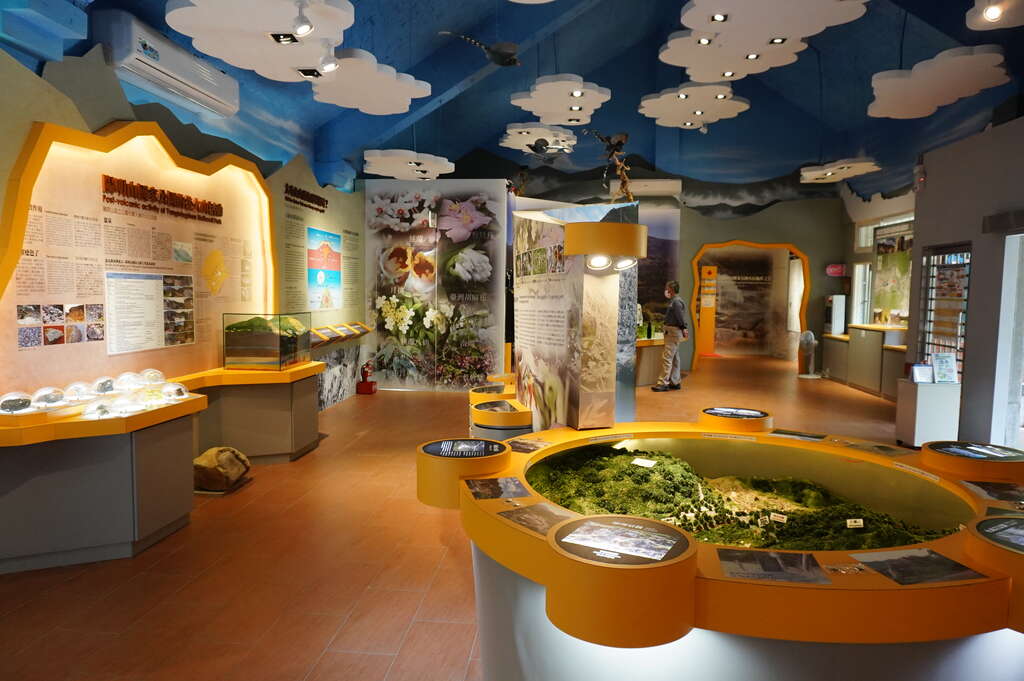
Slide title
Write your caption hereButton
-
Attractions
Located on the southwest side of Yangmingshan National Park, the valley is about one kilometer long and one hundred and fifty meters wide. The hot air in the valley is billowing, white smoke lingers, and wisps rise from the valley. This is an artificial hot spring area. The gas well is 160 meters deep, which draws out geothermal heat, and then injects and heats the spring water from Yangming Mountain. It is commonly known as "white sulfur" and is the source of Beitou hot springs. The geological landscape of the Sulphur Valley is very spectacular. The fumaroles of the sulphur fumarole are filled with white smoke. The brittle weathered rocks in the distant peaks collapse, and the white clay rocks are exposed. The National Park has built various facilities here, which can provide a bird's-eye view of the whole area. In winter, when the mountains are cloudy and rainy, this area is located on the leeward side, and the weather conditions are better than other recreational areas in Yangmingshan National Park, so it is worth a visit.
-
opening time
No special restrictions
-
Attraction address
- Quanyuan Road, Beitou District, Taipei City (Towards) Take the small 7, small 9, and small 26 buses at the entrance of Beitou Park and get off at [Mi Tuo Temple], then walk for 1 minute
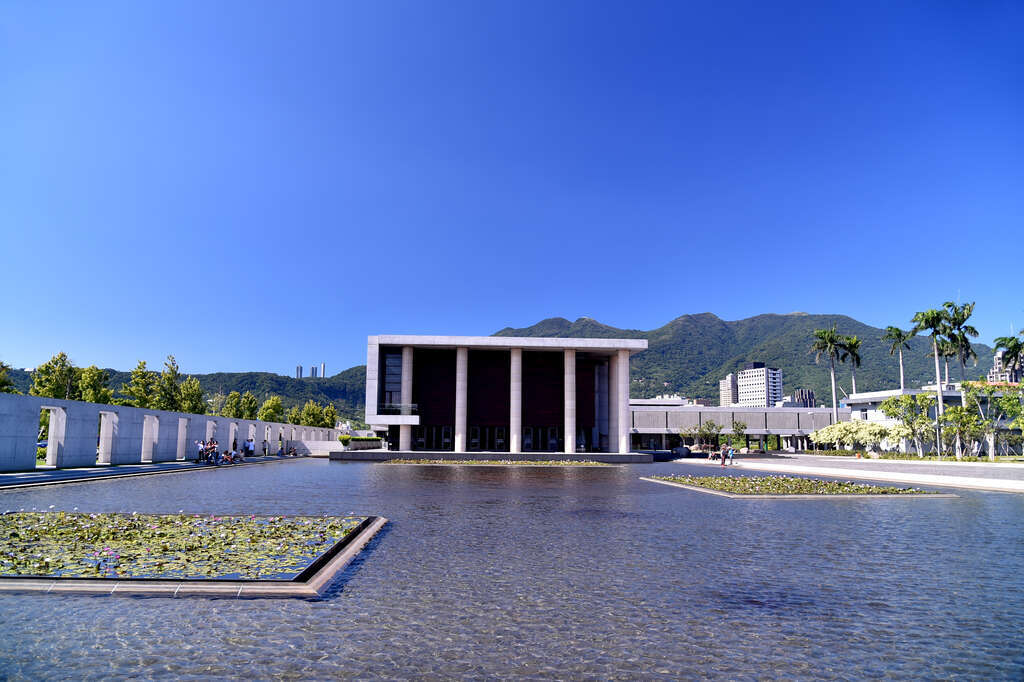
Slide title
Write your caption hereButton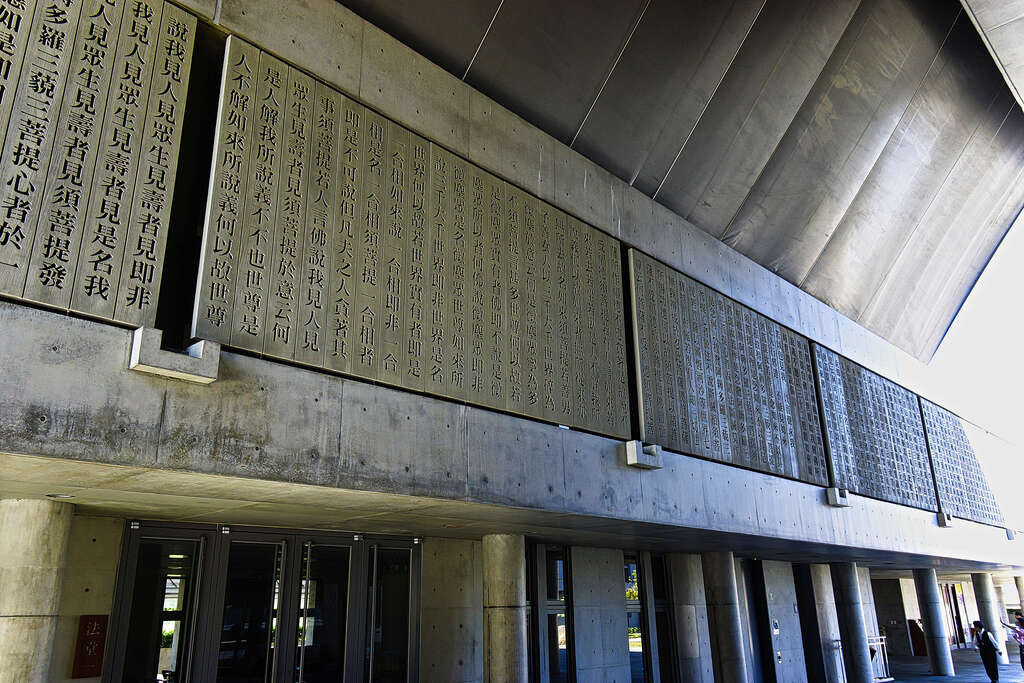
Slide title
Write your caption hereButton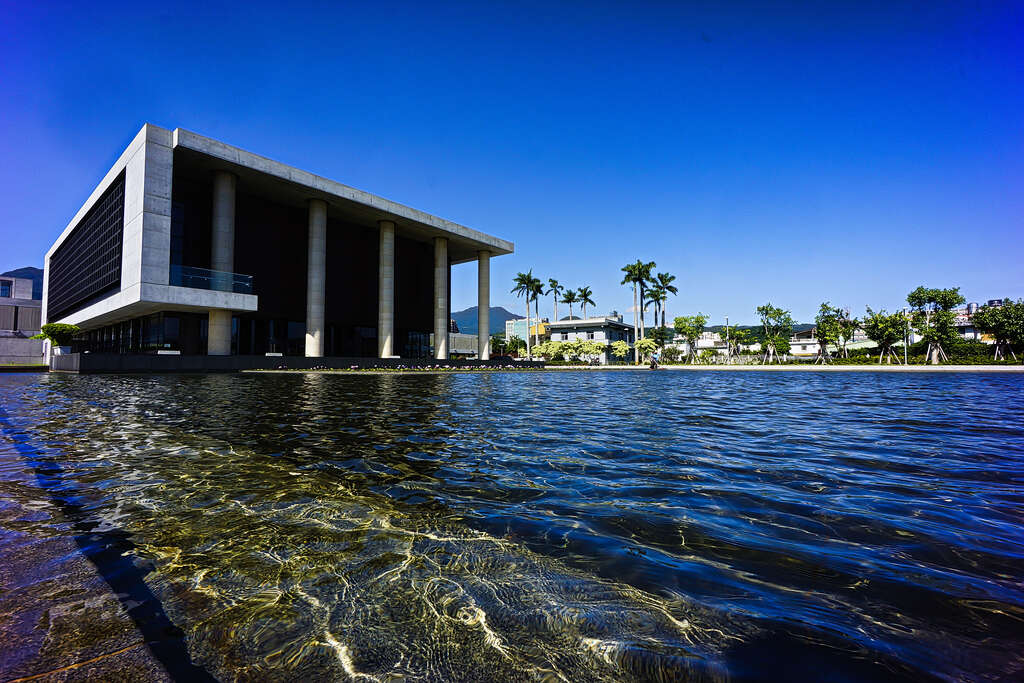
Slide title
Write your caption hereButton
-
Attractions
Founded in 1975 by an old man from Dongchu, it mainly implements "meditation as the mainstay and farming for a living", hence the name Nongchan Temple. Its architectural style is that of Taiwan in the 1960s. This is also the place where Master Shengyan, the founder of Dharma Drum Mountain, made his home in Taiwan, so it is known as the birthplace of Dharma Drum Mountain. With the increasing number of activities, the original space was not enough to be used, and the Shuiyue Dojo was built. Yao Renxi Architects used the Buddhist concept of "moon in the water and flowers in the sky" to make the dojo space spacious and full of tranquility and Zen.
-
opening time
Monday to Sunday 9:00–16:30
-
Attraction address
- No. 89, Lane 65, Daye Road, Beitou District, Taipei City (To) Take the 218 or Chengde Main Line bus at the entrance of Beitou Park and get off at [Nongchan Temple], then walk for 4 minutes
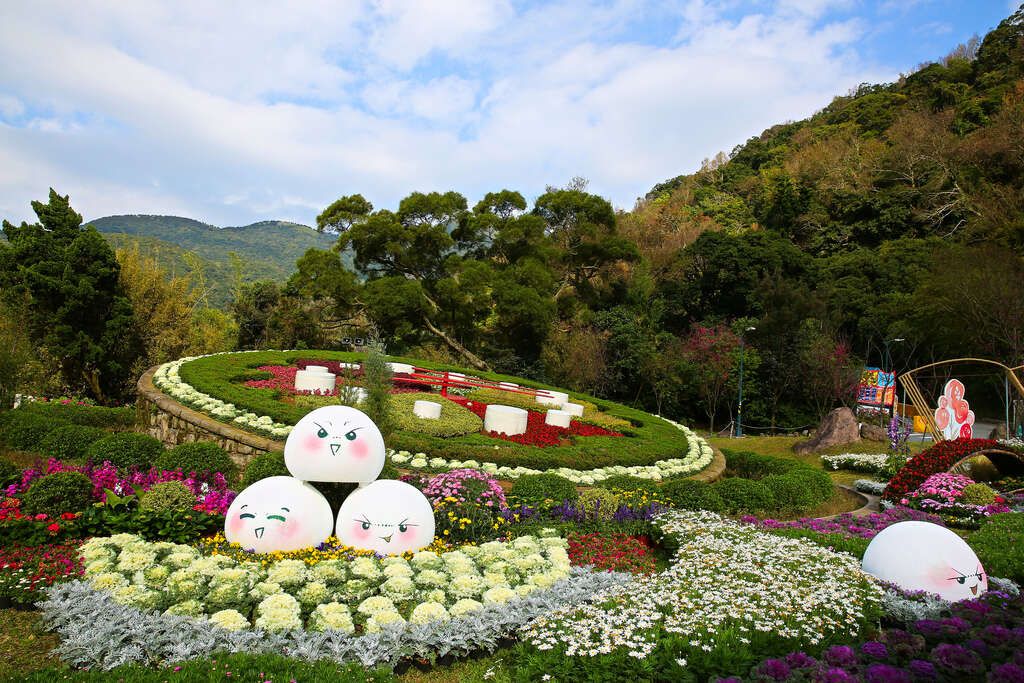
Slide title
Write your caption hereButton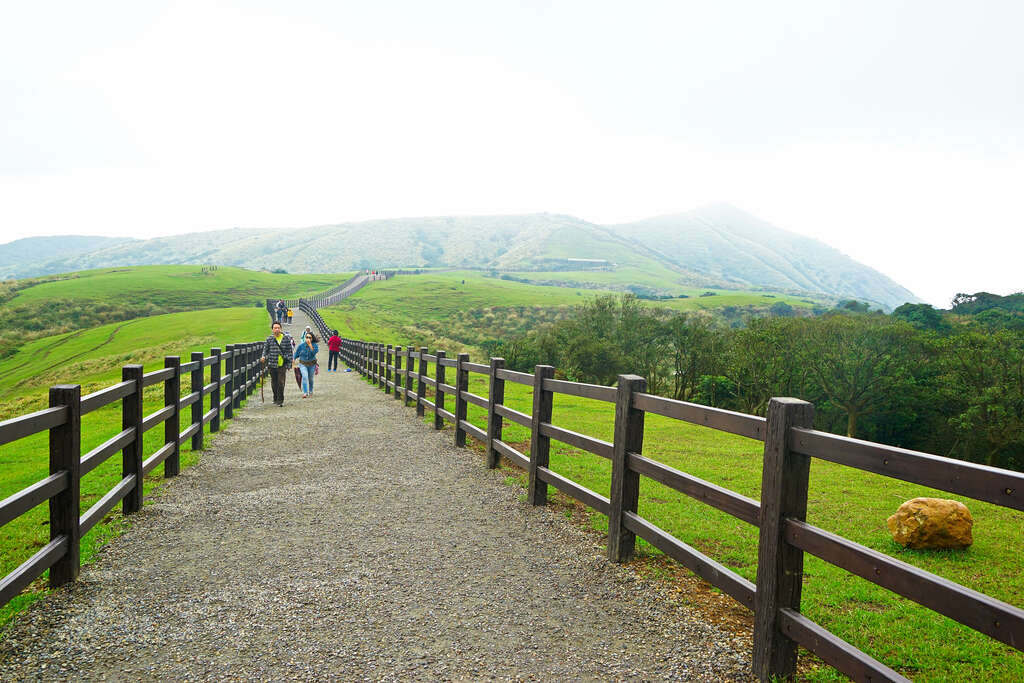
Slide title
Write your caption hereButton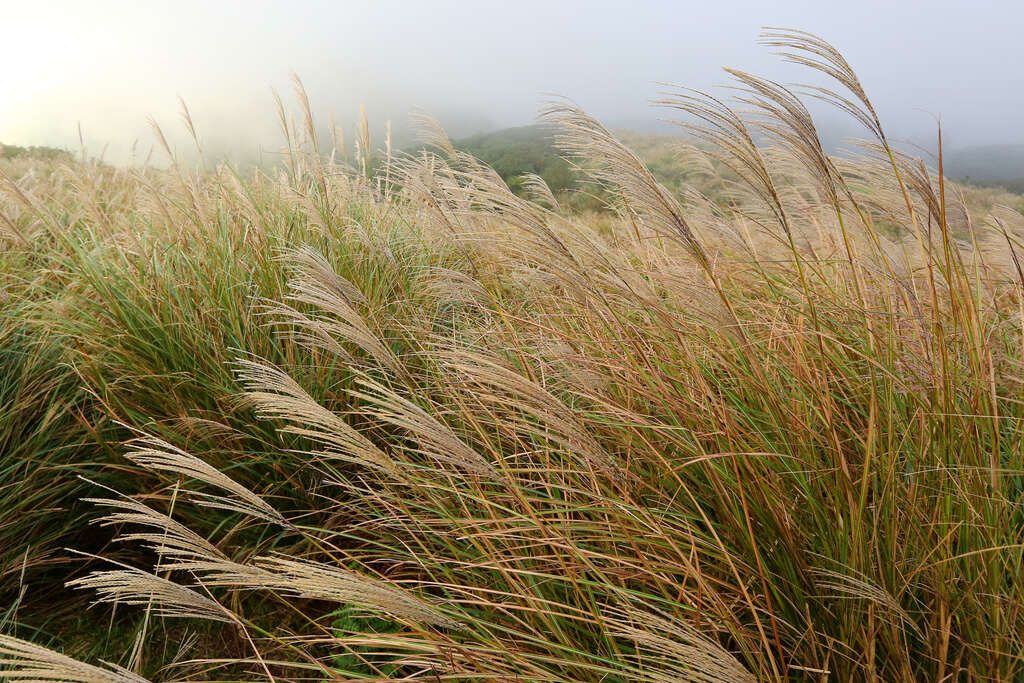
Slide title
Write your caption hereButton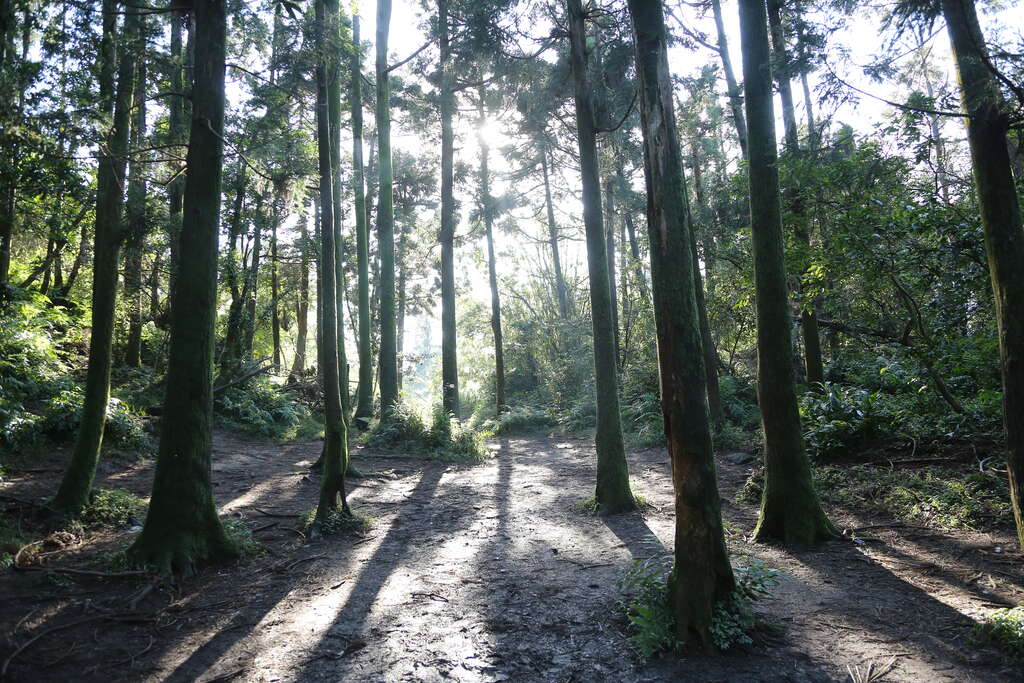
Slide title
Write your caption hereButton
-
Attractions
The volcanic landscape dominated by the Datun Volcano Group is the main feature of Yangmingshan National Park. The Yangmingshan National Park Management Office has planned the following recreational areas: Xiaoyoukeng Recreation Area, Lengshuikeng Area, Datun Recreation Area, Erziping Recreation Area, Qingtiangang Area, Caoshan Resort, Yangming Book House, Zhongshan Building, Lin Yutang’s Former Residence, Longfeng Valley Sulphur Valley Recreation Area; and three parks, Qianshan Park, Yangming Park and Qixing Park managed by the Park and Street Lighting Project Management Office of the Public Works Bureau of the Taipei City Government. Among them, Yangming Park is full of various cherry blossoms and other flowers and trees. Every spring, hundreds of flowers bloom. The Yangmingshan Flower Festival is one of the most famous flower viewing festivals in Taiwan.
-
opening time
No special restrictions
-
Attraction address
- Yangming Park (Flower Clock) - No. 26, Section 2, Hushan Road, Beitou District, Taipei City (Go to) Take the small 9 bus at the entrance of Beitou Park and get off at [Section 2, Hushan Road], and then walk for 3 minutes
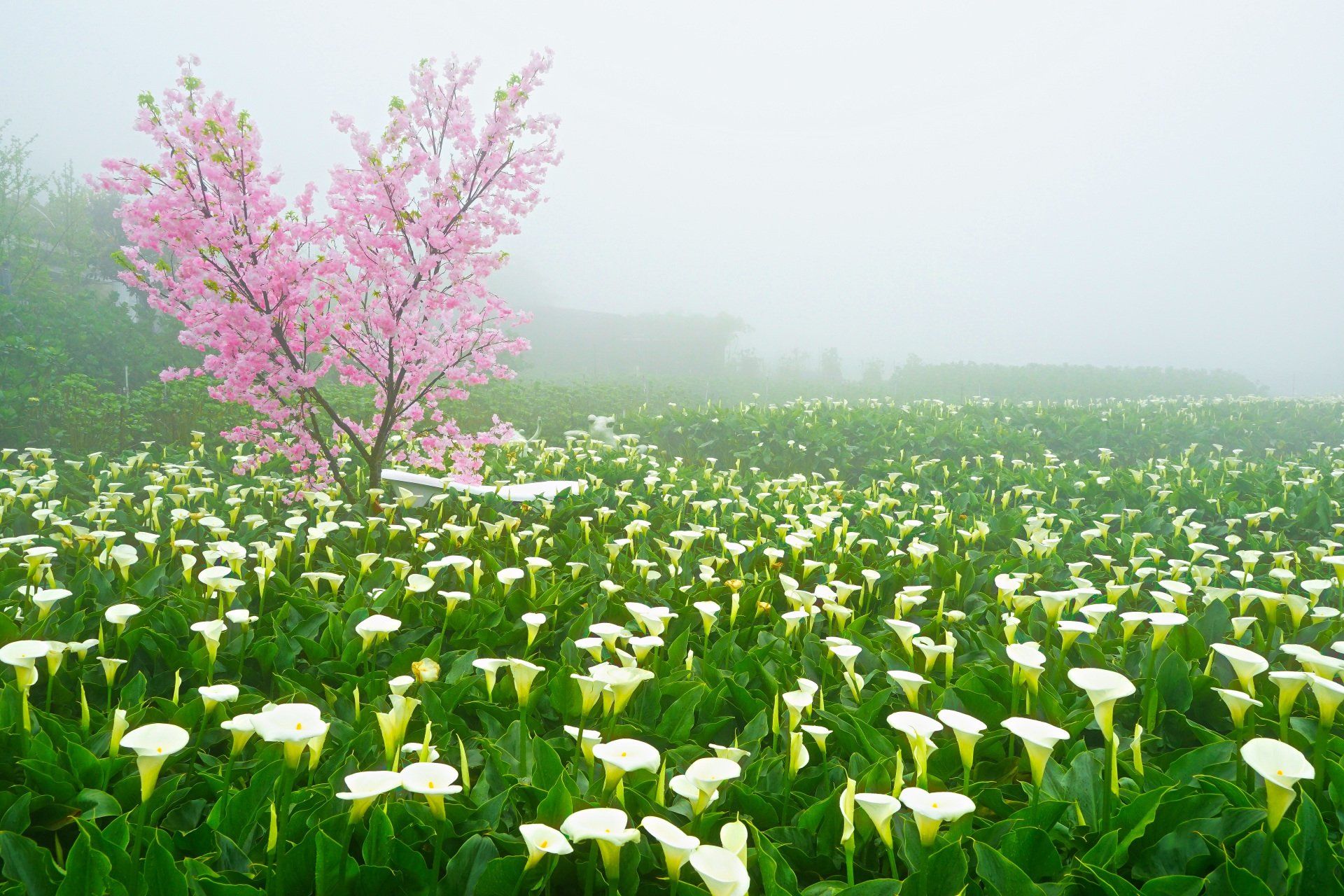
Beitou Hot Spring Museum
Button
-
Attractions
The Zhuzi Lake Calla Lily Season is sponsored by the Taipei City Government's Bureau of Industrial Development. The calla lily season at the Zhuzi Lake is between the end of March and the end of April every year. Different from the colorful flowers of the Yangming Mountain Flower Season, the large white sea of Zhuzi Lake The sea of taro flowers has also become a place where the crowds of flowers are concentrated. After the end of the calla lily season, from May to June, you can also see colorful hydrangea blooming in Zhuzi Lake.
-
opening time
- Calla lily season March-April Hydrangea season May-June
-
Attraction address
- Take the small 9 bus at the entrance of Beitou Park in Hutianli, Beitou District, Taipei City and get off at [Bamboo Lake]



